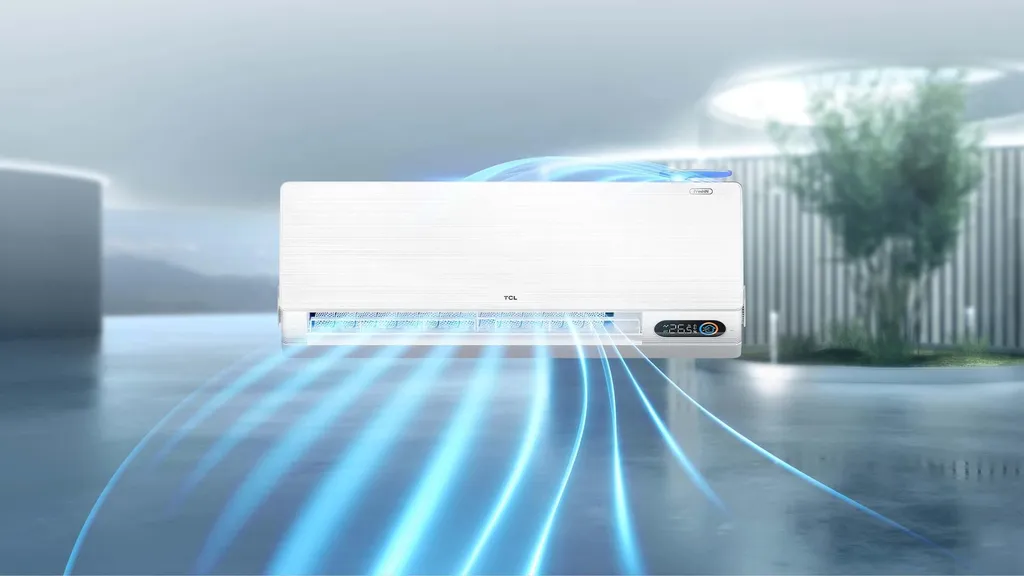What if you could drastically reduce energy consumption while maintaining optimal operating temperatures for your critical infrastructure? In today’s world, where energy efficiency and environmental responsibility are paramount, the answer may lie in innovative cooling solutions. Kaltra, an international company based in Munich, is at the forefront of this movement, offering a range of advanced technologies designed to minimize environmental impact and maximize performance. Kaltra manufactures energy-efficient chillers, free cooling systems, precision air conditioners, and microchannel heat exchangers tailored for data centers and various industrial applications. Operating in over 60 countries, the company prioritizes environmental friendliness and reliability in all its offerings.
Understanding Evaporative Cooling and its Benefits
The concept of cooling through evaporation isn’t new. Think about the refreshing coolness you feel when a breeze sweeps across your skin after a swim. This natural phenomenon forms the basis of the evaporative cooling unit. These units leverage the principle of evaporative cooling, where the evaporation of water absorbs heat from the surrounding air, resulting in a significant temperature drop. But how does this translate into tangible benefits for data centers and industrial settings?
One of the most compelling advantages is energy efficiency. Compared to traditional air conditioning systems that rely heavily on mechanical compression, evaporative cooling consumes significantly less electricity. This translates to lower operating costs and a reduced carbon footprint, aligning perfectly with Kaltra’s commitment to environmental sustainability.
Beyond energy savings, evaporative cooling offers superior cooling performance in certain climates. In hot, dry regions, where the air has a low relative humidity, evaporative coolers can achieve remarkable temperature reductions. This makes them an ideal choice for data centers and industrial facilities located in such environments. The process becomes even more effective when integrated with Kaltra’s free cooling systems, which utilize ambient air to further reduce energy consumption during cooler months.
Kaltra’s Role in Advanced Cooling Solutions
Kaltra doesn’t just manufacture cooling equipment; it engineers complete solutions that address the specific needs of its clients. Their expertise extends to precision air conditioners, which offer precise temperature and humidity control for sensitive environments. Kaltra’s microchannel heat exchangers, another key component, are designed for optimal heat transfer, contributing to the overall efficiency of the cooling system. These components work in synergy to deliver a reliable and environmentally sound cooling solution.
Consider the implications for a data center. These facilities generate immense amounts of heat, and maintaining optimal operating temperatures is crucial to prevent equipment failure and data loss. Kaltra’s evaporative cooling systems, coupled with their precision air conditioners, can provide the necessary cooling capacity while significantly reducing energy consumption. This not only protects valuable equipment but also contributes to a more sustainable business model. The range of Kaltra’s products is designed to fit a variety of environmental conditions and ensure efficient heat removal.
The Future of Cooling Technologies
As the demand for data and computing power continues to grow, so too will the need for efficient and sustainable cooling solutions. Kaltra’s commitment to innovation and environmental responsibility positions them as a key player in shaping the future of cooling technology. By embracing solutions such as evaporative cooling systems, businesses can not only reduce their environmental impact but also improve their bottom line. And with Kaltra’s global reach and expertise, organizations worldwide can benefit from these advanced cooling solutions. What steps will you take to ensure your cooling solutions are as efficient and environmentally friendly as possible?



